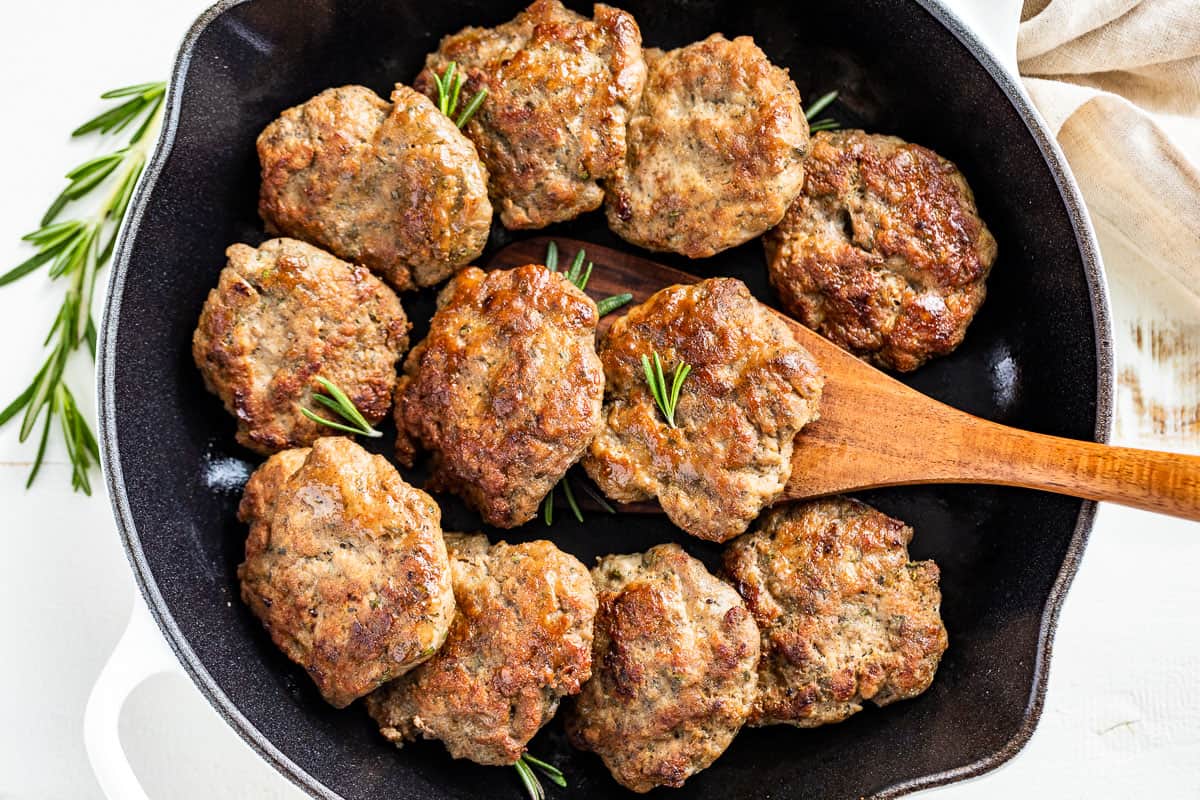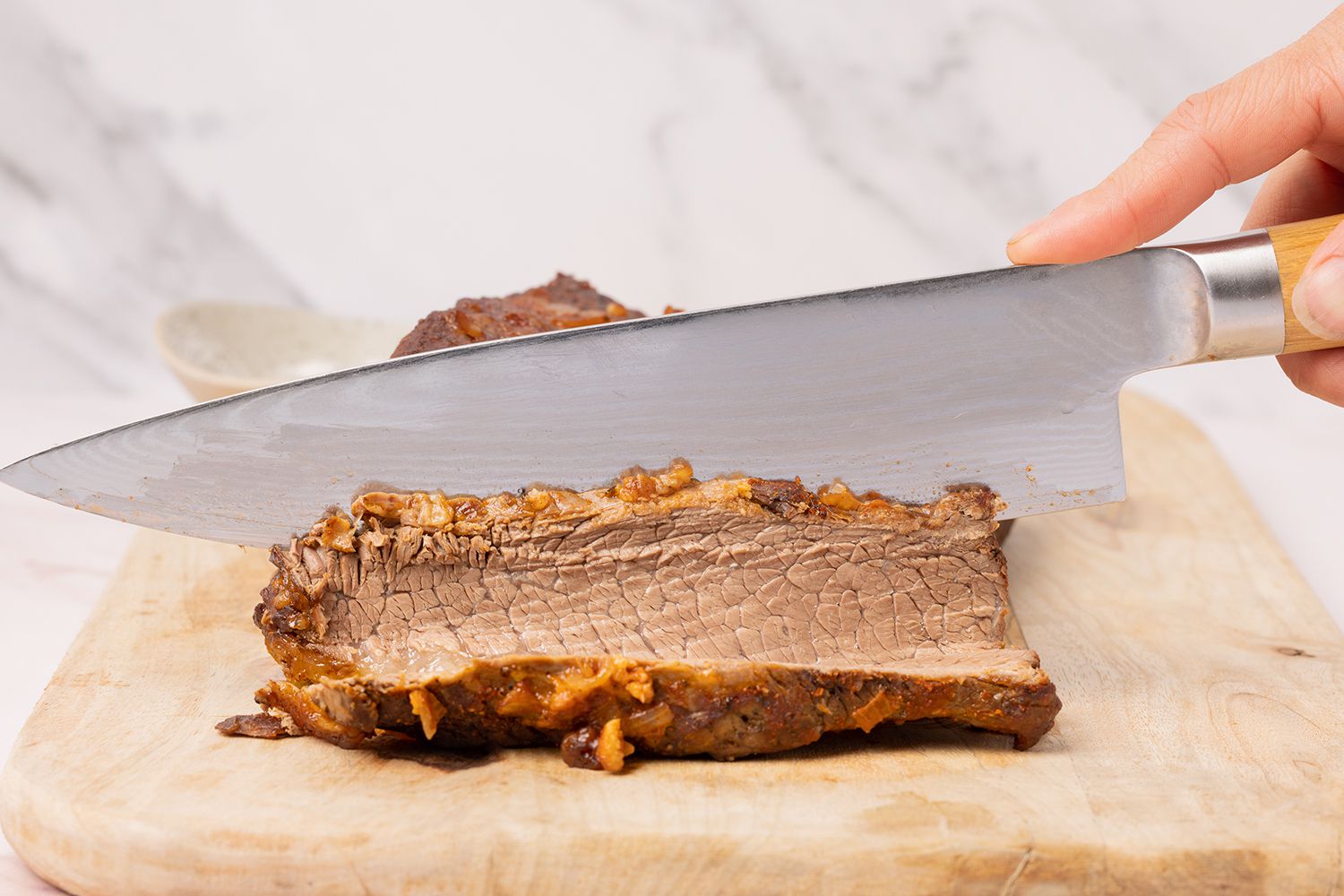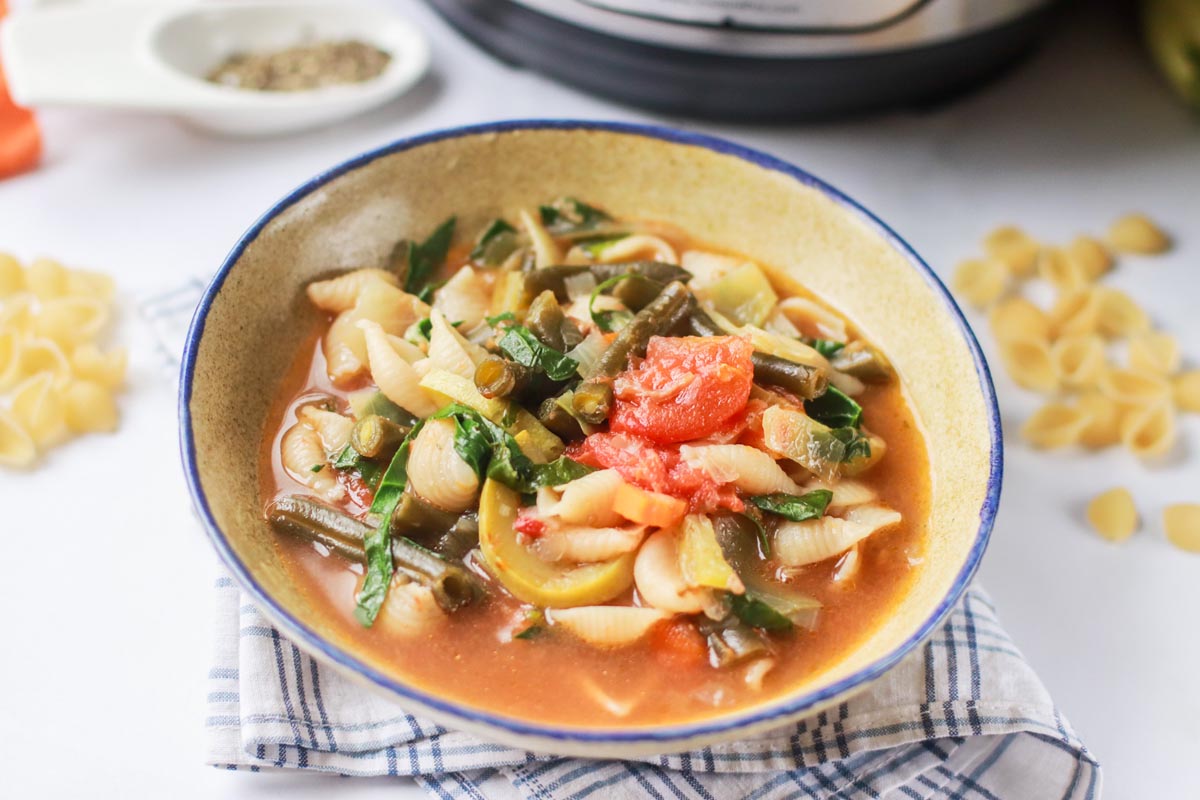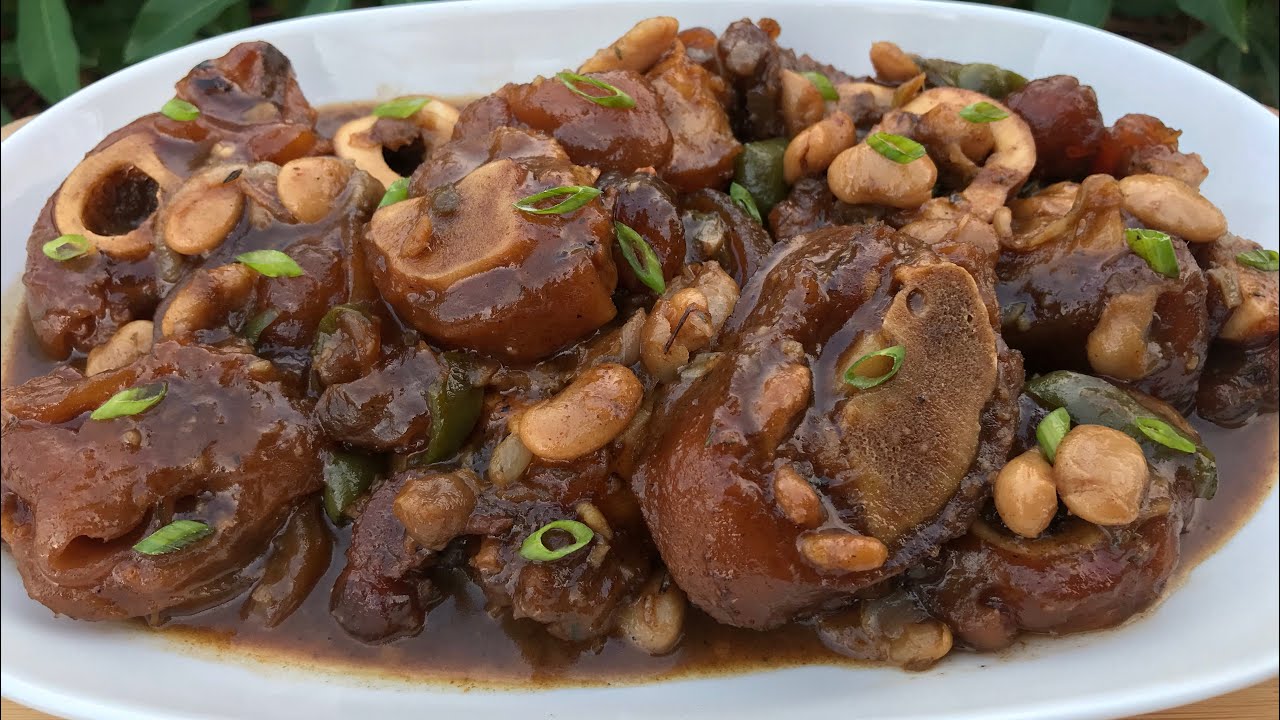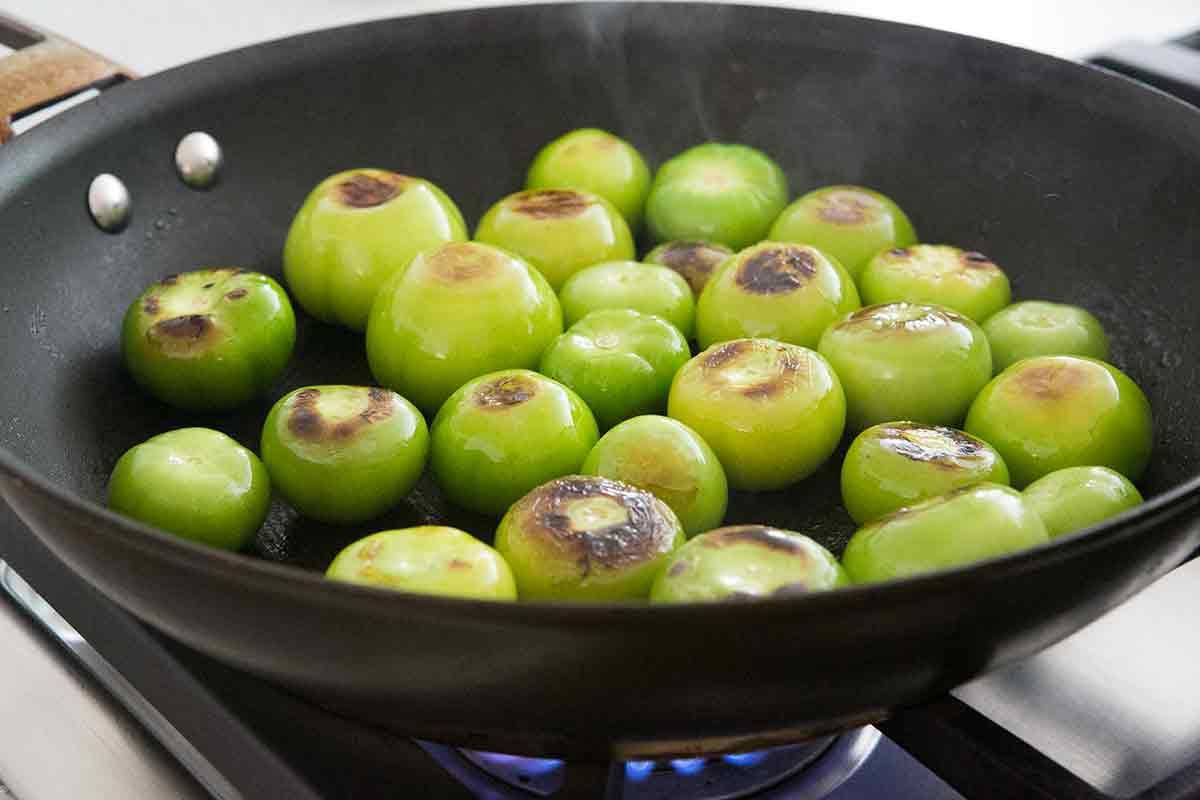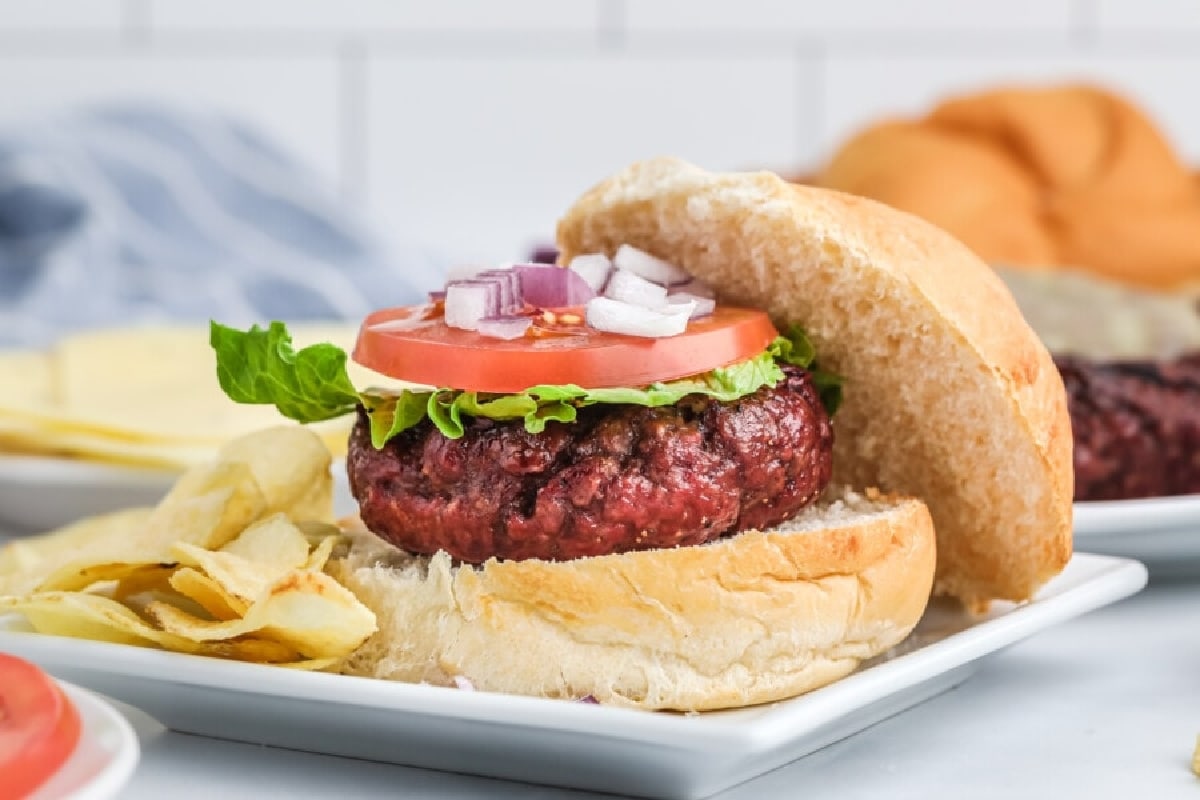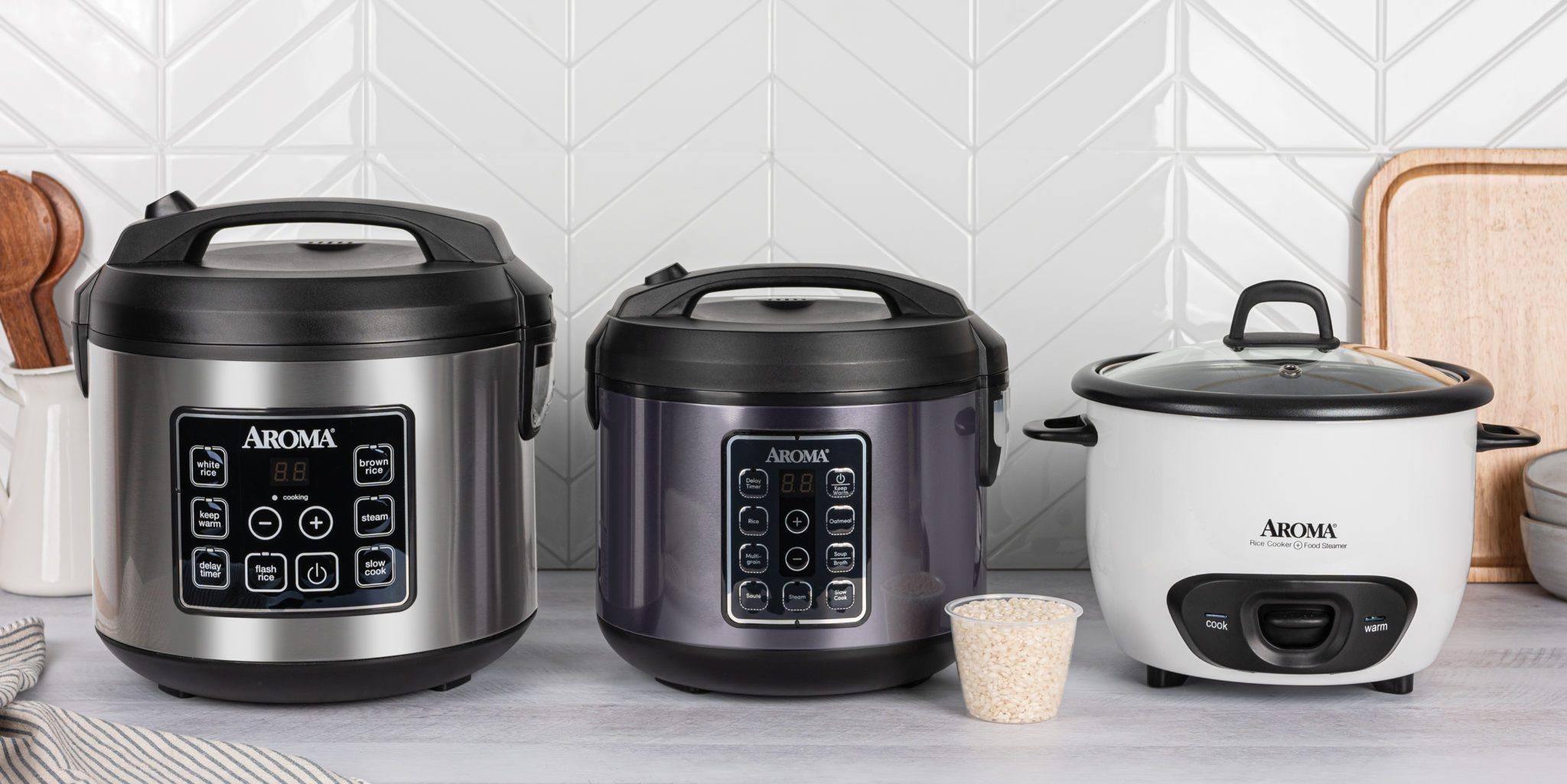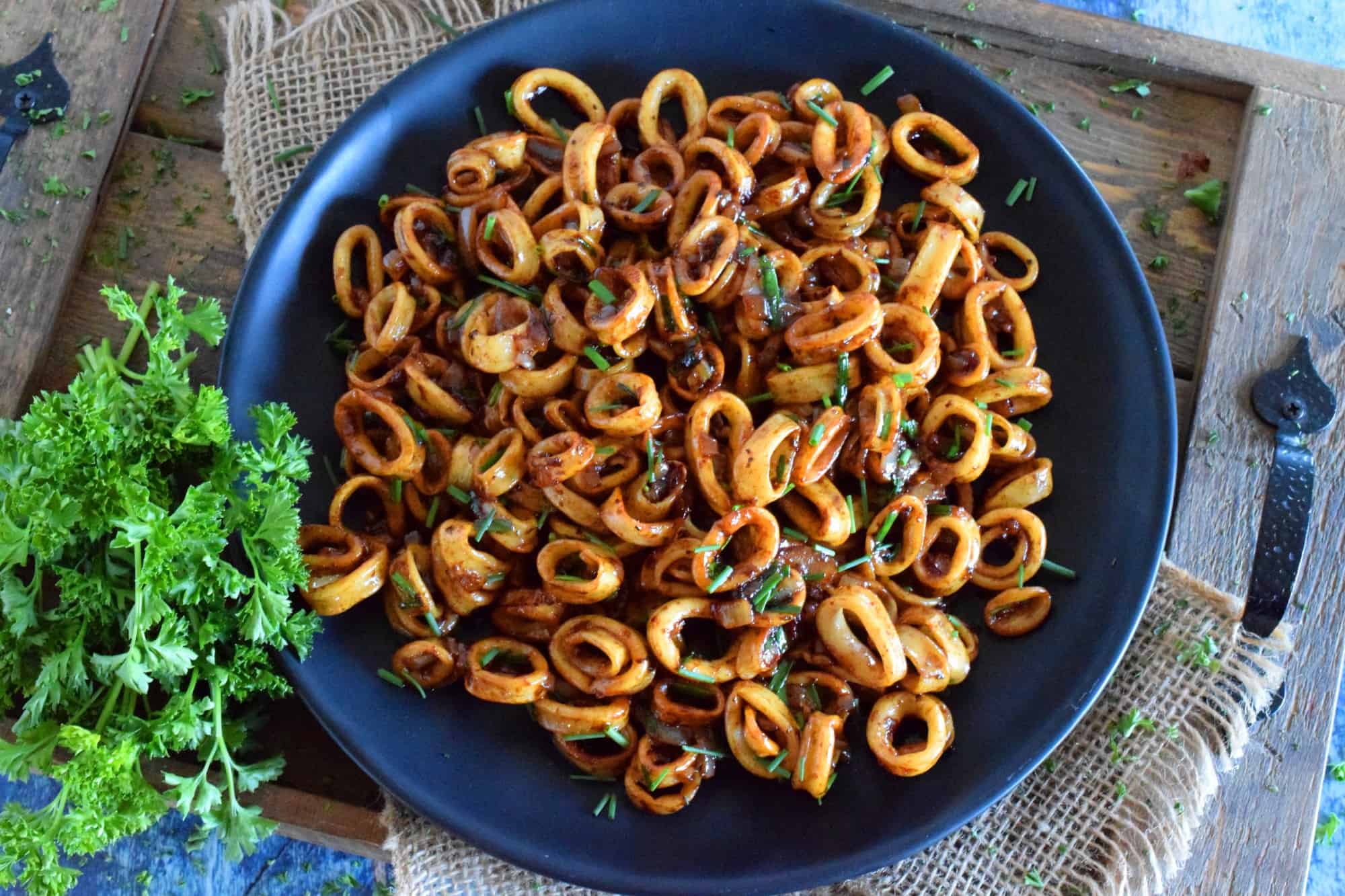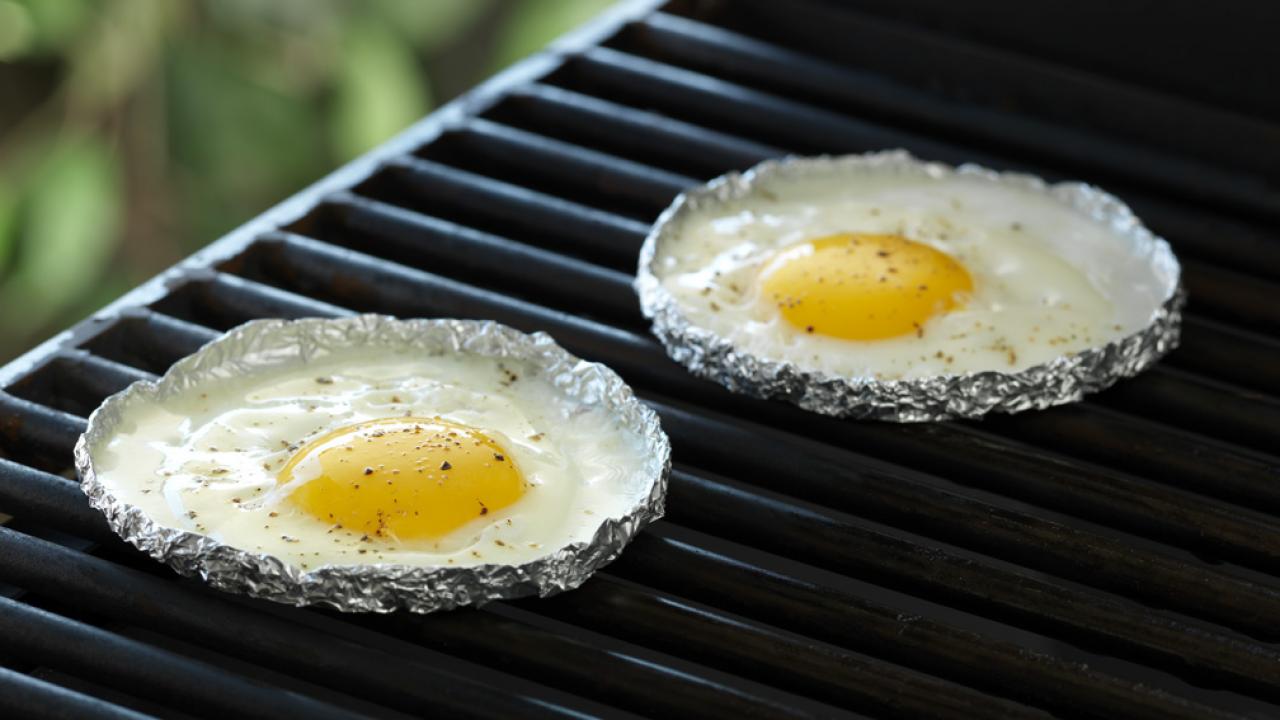Cooking dried white fungus, a culinary gem often overlooked, involves simple steps that transform it into a delightful dish. Known for its jelly-like texture and potential health benefits, this ingredient is a staple in Asian cuisine, particularly in soups and desserts. Before diving into recipes, rehydrating the fungus is key. Soak it in warm water until it expands and softens, revealing its beautiful, cloud-like appearance. This process, which takes about an hour, is crucial for achieving the right texture. Once rehydrated, the white fungus is ready to be incorporated into various dishes, offering a unique flavor and nutritional boost to your meals.
Gather Your Ingredients
- Dried white fungus (1 cup)
- Water for soaking
- Fresh ginger (2 slices)
- Rock sugar or honey (to taste)
- Goji berries (optional, 1 tablespoon)
- Dates (optional, 2-3 pieces)
Essential Tools for Cooking White Fungus
- Medium-sized pot
- Wooden spoon
- Measuring cups
- Measuring spoons
- Colander or fine mesh strainer
- Small bowl
- Sharp knife
- Cutting board
Soak dried white fungus in warm water for at least 30 minutes until fully expanded. Rinse thoroughly to remove any dirt before cooking. Gentle simmering ensures a tender texture.
The Benefits of Cooking White Fungus
Cooking dried white fungus involves soaking in warm water until it fully expands, revealing its jelly-like texture. This process, crucial for softening the fungus, makes it easier to digest and enhances its subtle flavor, ideal for soups and desserts. White fungus is prized for its health benefits, including boosting the immune system and improving skin health, making it a valuable addition to various dishes.
Your Step-by-Step Cooking Guide
-
Soak dried white fungus in plenty of cold water for at least 1-2 hours until fully expanded. Ensure water covers fungi completely as they will expand significantly.
-
After soaking, rinse thoroughly under running water to remove any dirt or impurities. White fungus should feel soft and jelly-like.
-
Trim off the hard, yellowish bottom part of the fungus. This part is tough and not pleasant to eat.
-
Tear or cut the softened white fungus into smaller, bite-sized pieces. Smaller pieces are easier to cook and eat.
-
Boil a pot of water and add the white fungus pieces. Once water returns to a boil, reduce heat and simmer for about 10-15 minutes. Cooking time may vary depending on desired tenderness.
-
Check tenderness by piercing a piece with a fork. White fungus should be soft but still retain slight crispness.
-
Drain cooked white fungus in a colander and rinse with cold water to stop cooking process. This also helps maintain a pleasant texture.
-
Serve immediately if using in hot dishes, or chill in the refrigerator if adding to cold salads or desserts. White fungus can absorb flavors well, making it versatile for various dishes.
Mastering Dried White Fungus Recipes
Cooking dried white fungus might seem tricky at first, but once you've got the hang of it, it's a breeze. Remember, soaking is key to softening those tough textures, and patience during this step pays off in the end. Whether you're aiming for a sweet soup or a savory dish, the versatility of white fungus allows it to blend seamlessly into a variety of recipes. Don't forget, experimenting with different flavors and ingredients can turn a simple white fungus dish into a gourmet experience. So, go ahead, give it a try. With these tips in your culinary toolkit, you're well on your way to mastering the art of cooking dried white fungus. Happy cooking!
More Delicious Recipes Featuring Dried White Fungus
Now that you've mastered the basics of cooking dried white fungus, it's time to put your skills to the test with a variety of delightful recipes. For those looking to integrate this versatile ingredient into hearty meals, the Cooking With White Fungus: Chicken Soup Edition offers a comforting and nutritious option. Alternatively, the Sweet Soups with White Fungus: Goji and Pear serves as a perfect dessert that combines health with sweetness. If you're aiming for something refreshing, the Crisp White Fungus Salad: Cucumber and Carrot Blend is highly recommended for its crisp textures and light flavors. Each recipe provides a unique way to enjoy white fungus, ensuring your culinary efforts are both enjoyable and diverse.
Common Questions Answered
How long does dried white fungus need to soak before cooking?
Soak your dried white fungus in plenty of cold water for at least 1 hour or until it's fully expanded and soft. Some folks might find soaking it overnight in the fridge works wonders, especially for achieving that perfectly tender texture.
What's the best way to clean white fungus after soaking?
Once it's fully soaked and plump, give the white fungus a good rinse under cold running water. Pay special attention to the bottom part, where dirt and impurities tend to hide. Snip off the hard, yellowish base with kitchen scissors and tear the rest into bite-sized pieces.
Can I add white fungus to sweet dishes?
Absolutely! White fungus is incredibly versatile and adds a delightful texture to sweet soups and desserts. Try simmering it in a pot with rock sugar, goji berries, and a slice of ginger for a simple yet soothing sweet treat.
What are some savory dishes I can make with white fungus?
For savory lovers, white fungus makes a great addition to stir-fries, soups, and stews. It pairs beautifully with chicken, seafood, and an array of vegetables. Just toss it in towards the end of cooking to maintain its delicate texture.
Is white fungus good for your health?
White fungus is praised for its health benefits, including improving respiratory health, boosting the immune system, and promoting skin hydration. However, as with all foods, enjoy it in moderation as part of a balanced diet.
How do I store leftover cooked white fungus?
Leftover cooked white fungus should be stored in an airtight container and refrigerated. It'll keep well for up to 3 days. When you're ready to enjoy it again, consider adding it to soups or warm dishes to revive its texture.
Can white fungus be frozen for later use?
Yes, you can freeze white fungus, especially if you've soaked more than you need. Drain it well and place it in a freezer-safe bag or container. Frozen white fungus can last for several months, making it a handy ingredient to have on standby.
Was this page helpful?
Read Next: How To Cook Polk Salad With Eggs
